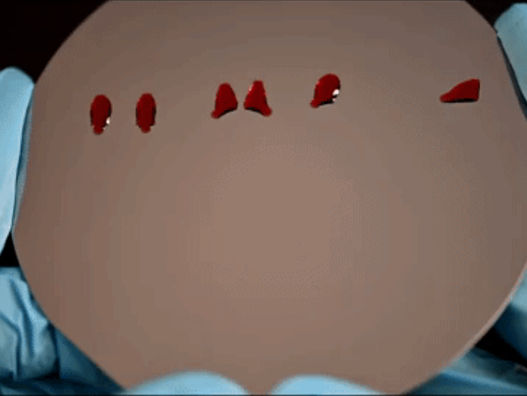Mutation detection in human in vitro fertilized embryos using whole-genome sequencing
Pre-implantation genetic diagnosis (PGD) is used in fertility clinics to detect large chromosomal abnormalities or genetic mutations passed on by parents to their in vitro fertilized (IVF) embryos. However, it is not possible to comprehensively scan the embryo's genome to detect spontaneous mutations. In a study published in Genome Research, scientists developed a whole-genome sequencing approach using 5- to 10-cell biopsies from human embryos to detect potential disease-causing mutations.
Researchers from Complete Genomics, Reprogenetics, and the NYU Fertility Center sequenced three biopsies from two IVF embryos in attempt to detect de novo mutations, those that arise spontaneously in the egg or sperm and are not inherited from either parent. These types of mutations are thought to account for a large fraction of severe intellectual disability, autism, epileptic encephalopathies, and other congenital disorders.
Since only 5 to 10 cells can be biopsied from a blastocyst embryo, the DNA is amplified before sequencing. This amplification process introduces thousands of errors that appear to be de novo mutations. Until now, it has been difficult to disentangle the sequencing errors from true de novo mutations. Using their previously published method Long Fragment Read (LFR) technology, the researchers assigned DNA fragments to the maternal or paternal genome using DNA barcodes and were able to remove over 100,000 sequencing errors, reducing the error rate approximately 100-fold over previous studies.
"Because each individual carries on average less than 100 de novo mutations, being able to detect and assign parent of origin for these mutations, which are the cause of many diseases, required this extremely low error rate," said co-corresponding authors Brock Peters and Radoje Drmanac from Complete Genomics. Overall, the researchers detected 82% of all de novo changes in the IVF embryos; this is the first demonstration that a large majority of single DNA de novo mutations could be detected in a PGD test.
In one embryo, the researchers did not find any de novo mutations in protein-coding regions of the genome. However, in another other embryo from the same couple, the researchers found two coding mutations in the ZNF266 and SLC26A10 genes that may be potentially damaging. The authors point out, however, that it is currently unknown if there would be any health consequences for a child born with these mutations.
"The biggest hurdle now is one of how to analyze the medical impact of detected mutations and make decisions based on those results," said Peters and Drmanac.
Original publication
Peters BA, Kermani BG, Alferov O, Agarwal MR, McElwain MA, Gulbahce N, Hayden DM Tang YT, Zhang RY, Terle R, al.; "Detection and phasing of single base de novo mutations in biopsies from human in vitro fertilized embryos by advanced whole-genome sequencing."; Genome Res 2015.
Original publication
Peters BA, Kermani BG, Alferov O, Agarwal MR, McElwain MA, Gulbahce N, Hayden DM Tang YT, Zhang RY, Terle R, al.; "Detection and phasing of single base de novo mutations in biopsies from human in vitro fertilized embryos by advanced whole-genome sequencing."; Genome Res 2015.
Topics
Organizations
Other news from the department science

Get the analytics and lab tech industry in your inbox
By submitting this form you agree that LUMITOS AG will send you the newsletter(s) selected above by email. Your data will not be passed on to third parties. Your data will be stored and processed in accordance with our data protection regulations. LUMITOS may contact you by email for the purpose of advertising or market and opinion surveys. You can revoke your consent at any time without giving reasons to LUMITOS AG, Ernst-Augustin-Str. 2, 12489 Berlin, Germany or by e-mail at revoke@lumitos.com with effect for the future. In addition, each email contains a link to unsubscribe from the corresponding newsletter.
Most read news
More news from our other portals
Last viewed contents
Adulterated foods investigated: modern analytical methods verify that foods are genuine - BfR hosts the European conference of Food Law Enforcement Practitioners (FLEP)























































